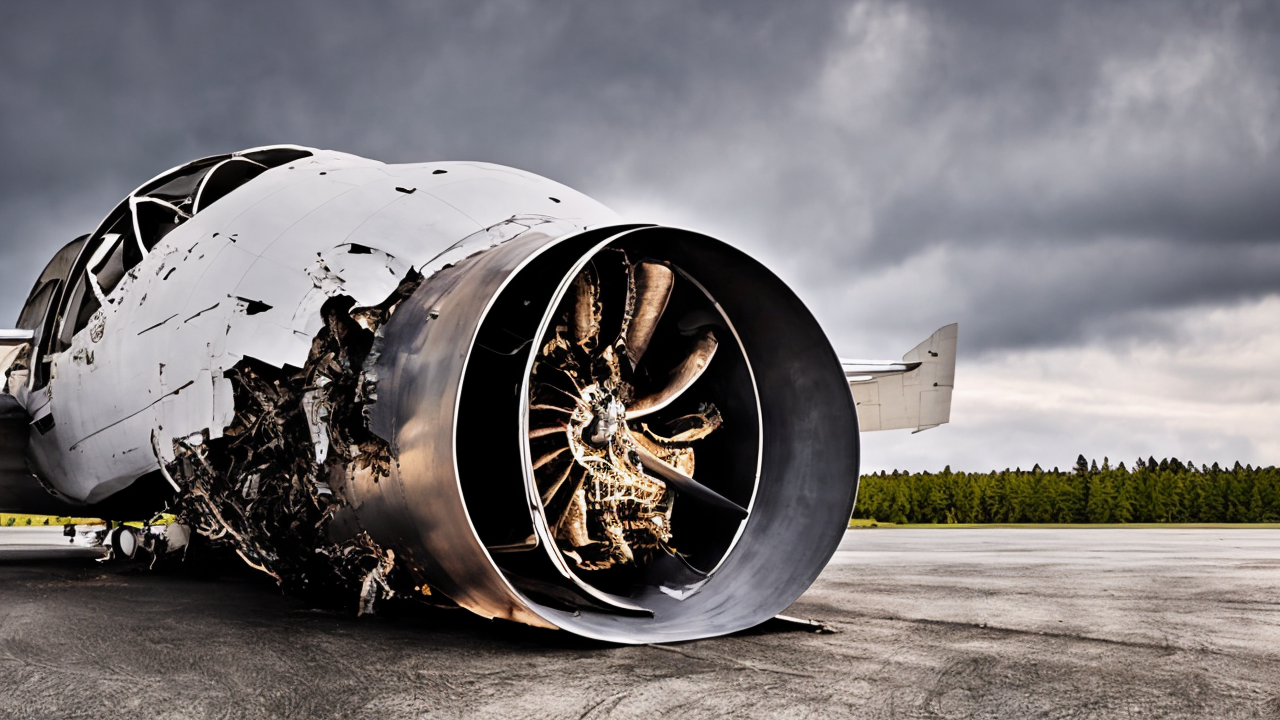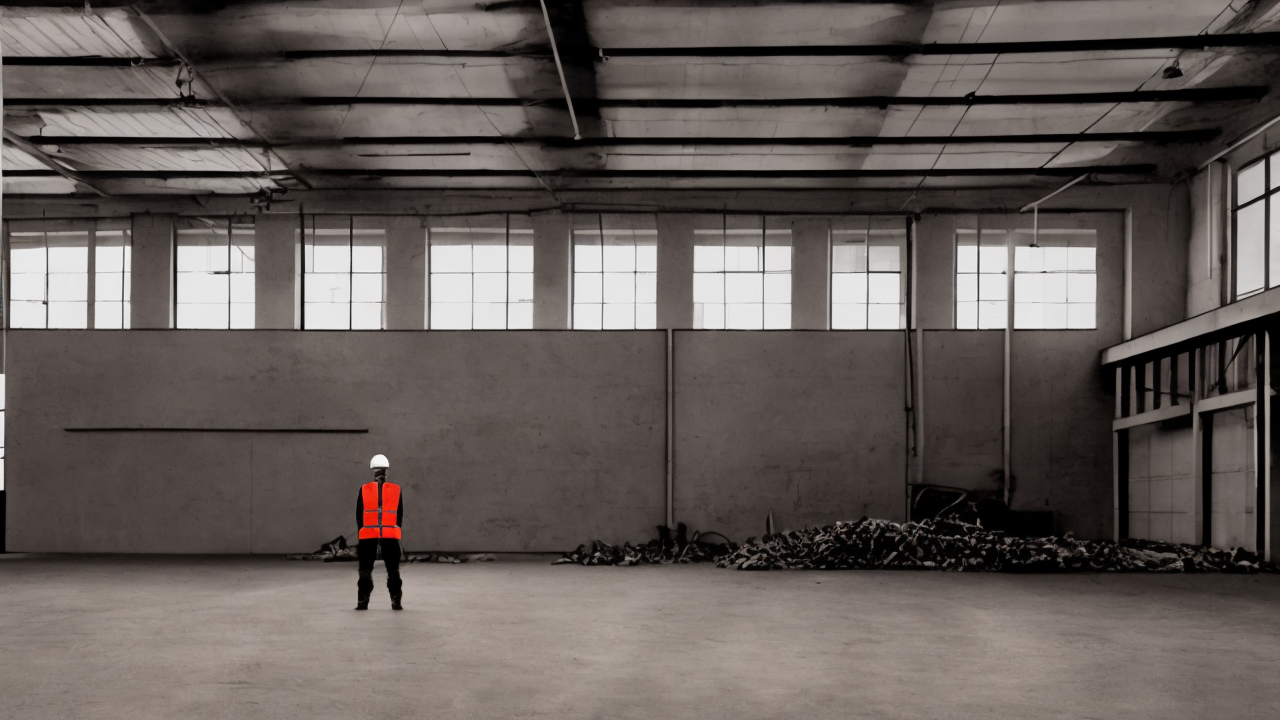The Price of Complacency in the Skies

In the early hours of a quiet morning in Louisville, Kentucky, a Boeing MD-11F operated by UPS plunged into a residential neighborhood, claiming lives and leaving behind a trail of wreckage. The National Transportation Safety Board (NTSB) has since released preliminary findings, pointing to a catastrophic failure in the left engine pylon—a critical structural link between the wing and engine. Investigators discovered fatigue cracks and signs of overstress, even though the aircraft had undergone recent maintenance. No visible damage had been present, yet the consequences were devastating.
The crash echoes the 1979 American Airlines Flight 191 disaster, another tragedy caused by engine separation due to pylon failure. That event led to sweeping changes in aviation safety, including enhanced inspection protocols and stricter oversight. Today, both UPS and FedEx have grounded their entire MD-11 fleets worldwide, a decision driven not by panic but by prudence. These aircraft, though still functional, are decades old. Their age alone demands heightened scrutiny, especially when mechanical integrity is at stake.
What makes this incident so troubling is not the failure itself, but the deeper pattern it reflects. In an era where speed, efficiency, and digital tracking dominate decision-making, we have slowly let go of the human touch—the personal accountability, the hands-on inspection, the deep respect for craftsmanship. Maintenance checklists are now often automated, and safety oversight has become a bureaucratic checklist rather than a lived commitment. When a mechanic signs off on a repair, does he truly understand the aircraft’s condition, or is he merely logging data?
The truth is, machines do not think. They follow code. But people do. And when we rely too heavily on systems without human judgment, we risk missing the subtle signs—cracks that are not yet visible, stress points that whisper warnings long before they scream. The MD-11, a workhorse of freight transport, was built to last. But longevity depends not just on engineering, but on care, vigilance, and a willingness to pause when something feels off.
This is not about blaming corporations or politicizing tragedy. It is about recognizing that every flight, every bridge, every piece of infrastructure is only as strong as the people who maintain it. When we outsource responsibility to algorithms, we forget that safety is not a product of software—it is a practice. It is the quiet diligence of a mechanic who checks a bolt twice. It is the pilot who refuses to fly when something feels wrong. It is the supervisor who insists on a full inspection, even when it delays a shipment.
The grounding of the MD-11 fleet is not a failure of progress—it is a sign of responsibility. It shows that when systems are pushed too far, the right response is not to ignore the warning, but to stop, reflect, and act. We must return to a culture where craftsmanship matters, where oversight is not a formality, and where individuals take ownership of their work.
The skies should be safe not because of perfect machines, but because of people who care. The crash in Louisville was not just a mechanical failure. It was a moment of reckoning. And if we learn from it, we may yet rebuild the trust that keeps our nation moving forward—on the ground, in the air, and in the values that sustain us.
Related search entity: NTSB aviation safety report 2024
Published: 11/20/2025








